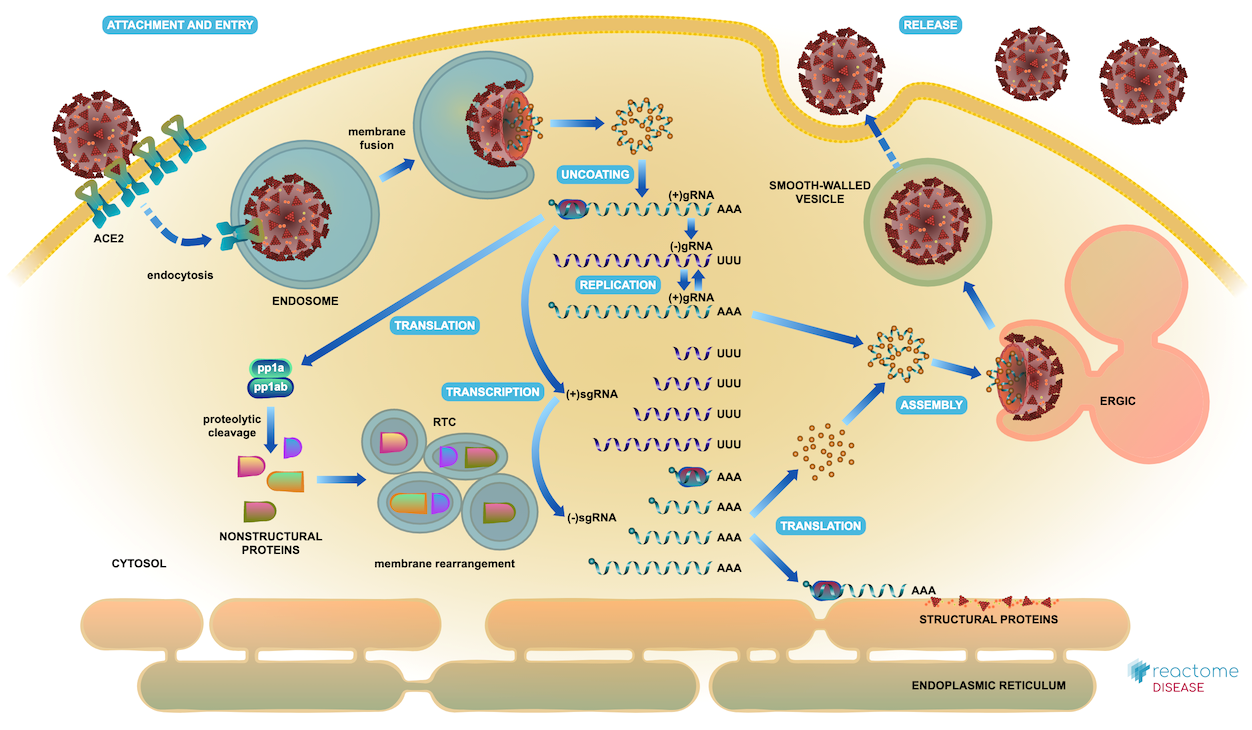how-does-bpc-protect-organs-during-infection- commerciale

BPC 157 activated endothelial nitric oxide synthase (eNOS)
bpc+157+peptide
BPC 157 as Potential Treatment for COVID-19, 2022
Abstract
The emergence of coronavirus disease (COVID-19) in China at the end of 2019 has caused a large global outbreak. COVID-19 is largely seen as a thrombotic and vascular disease targeting endothelial cells (ECs) throughout the body that can provoke the breakdown of central vascular functions. This explains the complications and multi-organ failure seen in COVID-19 patients including acute respiratory distress syndrome, cardiovascular complications, liver damage, and neurological damage. Acknowledging the comorbidities and potential organ injuries throughout the course of COVID-19 is therefore crucial in the clinical management of patients. Here we discuss BPC 157, based primarily on animal model data, as a novel agent that can improve the clinical management of COVID-19. BPC 157 is a peptide that has demonstrated anti-inflammatory, cytoprotective, and endothelial-protective effects in different organ systems in different species. BPC 157 activated endothelial nitric oxide synthase (eNOS) is associated with nitric oxide (NO) release, tissue repair and angiomodulatory properties which can lead to improved vascular integrity and immune response, reduced proinflammatory profile, and reduced critical levels of the disease. As a result, discussion of its use as a potential prophylactic and complementary treatment is critical. All examined treatments, although potentiality effective against COVID-19, need either appropriate drug development or clinical trials in humans to be suitable for clinical use.